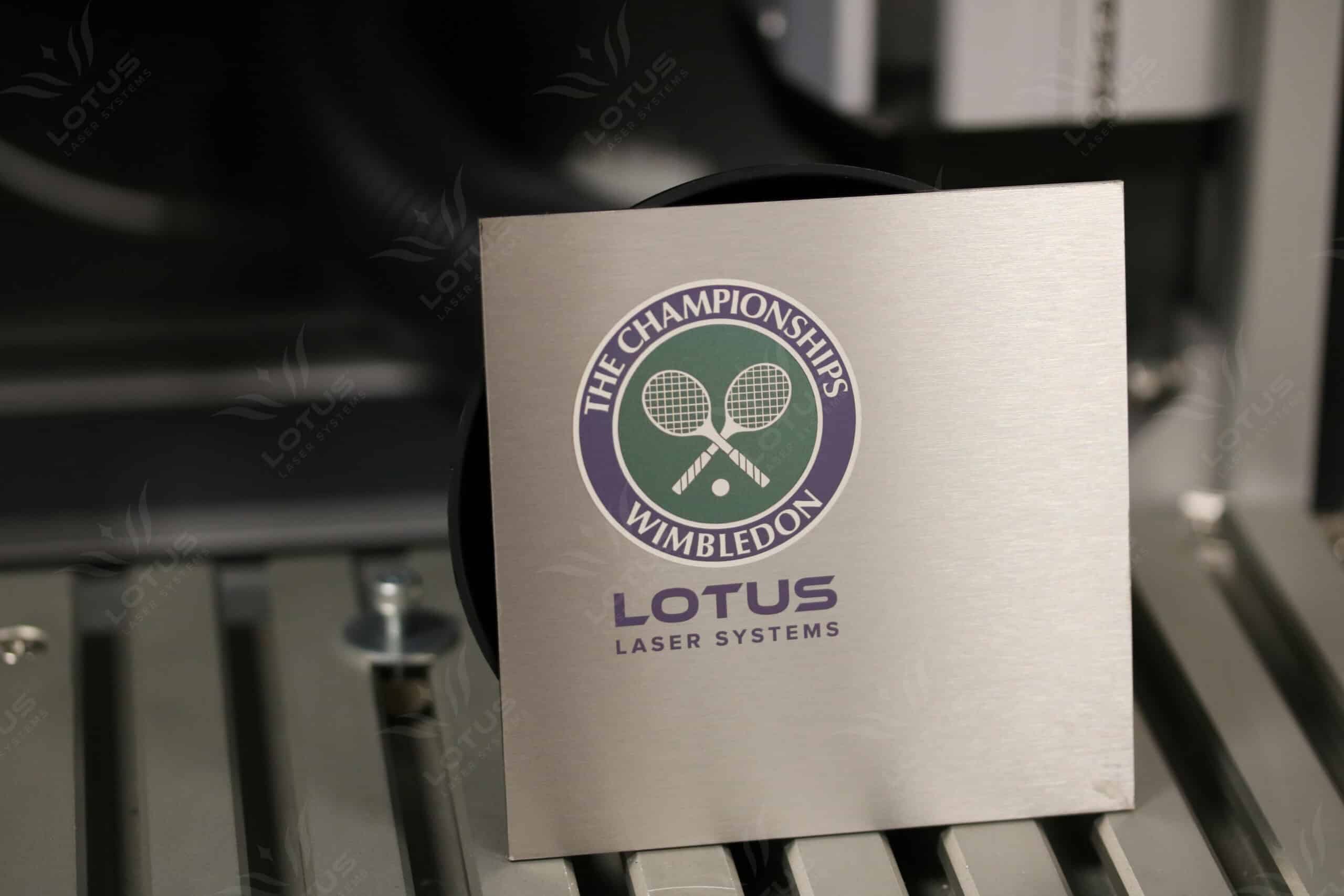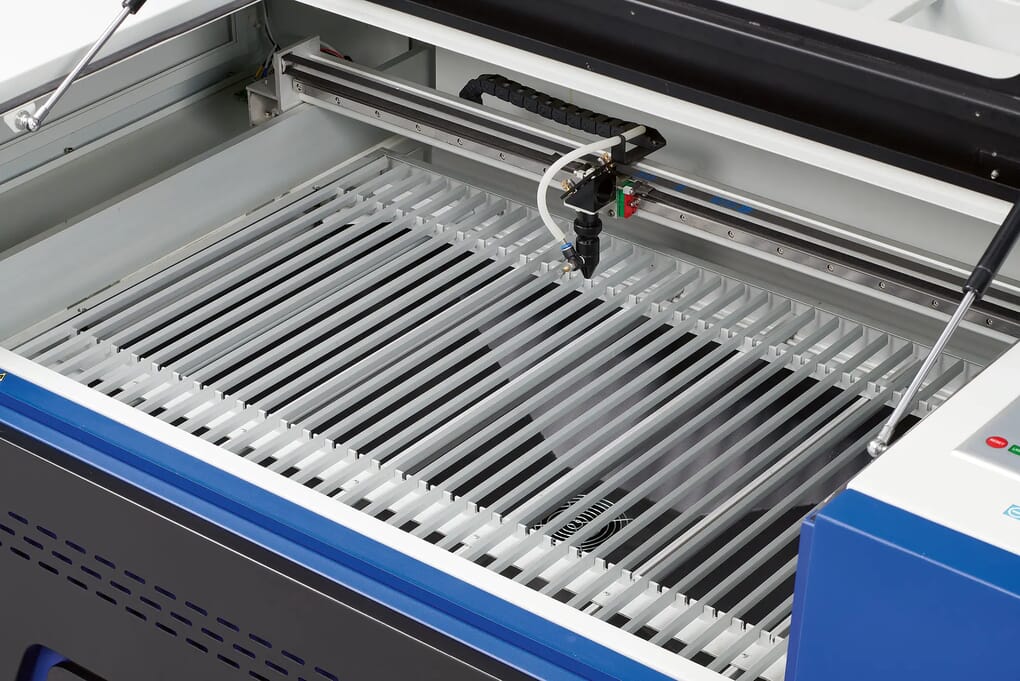Laser Marking & Engraving Machines
Our Meta range will fit most requirements, from the ultra-compact desktop nMeta, to our high-performance Meta-C systems (3D as standard).
About
Stainless steel is as versatile as it is strong. Used in thousands of applications across the world, this useful metal is used in a wide range of industries from construction and catering to automotive and healthcare sectors.
Today, laser cutting and laser marking technology plays a critical part in the manufacturing of stainless steel applications.
CREATE
Stainless steel has a thin layer of chromium oxide which protects it from corrosion, rust and oxidation. This resistance to corrosion is what makes stainless steel the first choice for a range of applications and is the reason why it’s so widely used in both big industries and smaller scale businesses across the world.
Get in touchDIFFERENCE
When it comes to laser marking stainless steel, your options are truly infinite. From traceability marking to company branding and even personalised gifting options, the sky’s the limit. So what laser sources are suitable for this application?
Fiber laser marking is used to mark the surface of an object. When a fiber laser meets stainless steel it removes the surface material, essentially carving the surface by chemical and physical changes. These changes are caused by light energy (photons) reacting in the target area.
MOPA fiber lasers produce less heat than other laser sources. This makes it a particularly good choice of laser for marking stainless steel because it reduces the damage to the material and therefore increases its resistance to corrosion.
UV lasers create permanent and corrosion-resistant markings on stainless steel. With a spot size 3x smaller than a fiber laser, the UV marking process is extremely fine and controlled, making it ideal for delicate, accurate marking.
A UV laser source produces significantly less heat than other wavelengths such as CO2. It’s considered a form of ‘cold marking’, which means materials are less prone to damage or heat stress when marked by a UV laser.
This laser source is ideal for marking stainless steel surfaces for a range of sectors, including medical, because the surface texture is unchanged once it’s marked. This makes it an incredibly sterile way of marking surgical equipment. However, if you are looking to deeper engrave stainless steel, a MOPA Fiber laser would be more suitable.
Machine
Whether you’re an industrial manufacturer or a small business, we have the right laser machine to meet your needs for marking stainless steel. From traceability marking on production lines to personalised laser etching jewellery and branding, our laser machines are designed to do it all.
Versatile
This method creates a colour change on the surface of the stainless steel through controlled heating, without removing any material. The result is a subtle, contrasting mark that retains the original finish of the metal.
Etching involves removing a thin layer of the stainless steel surface to create a deep and precise mark. This technique is ideal for high-contrast, long-lasting marks, often used in serial numbers or barcodes.
Engraving involves vaporising the stainless steel surface, creating a deeper and more prominent mark compared to annealing. This technique is commonly used for decorative markings and branding purposes.


FLEXIBILITY
In recent years technology has evolved to allow for colour changing of certain metals. Using a 1µm wavelength fiber laser, it’s possible to replicate colours with laser marking to produce an extremely impressive aesthetic on a range of applications. Stainless steel offers the widest range of controllable colour changes, allowing you to produce effects of gold, purple, brown, blue, green and red. Whilst not a fast result to achieve, this method of replicating colours with laser marking produces a clean, sleek and permanent finish, unlike the alternatives of print or paint processes.
LIMITATIONS
Laser cutting is undoubtedly a valuable tool for processing stainless steel, offering high precision and efficiency. However, it’s essential to recognise and understand its limitations to make informed decisions regarding its use. Material thickness, heat affected zone, cutting edge quality, reflectivity, and material warping are all challenges that must be considered when employing laser cutting for stainless steel applications. By being aware of these limitations, engineers and manufacturers can make better choices, optimise their processes, and achieve the best possible results in their laser cut stainless steel endeavours.

Examples














